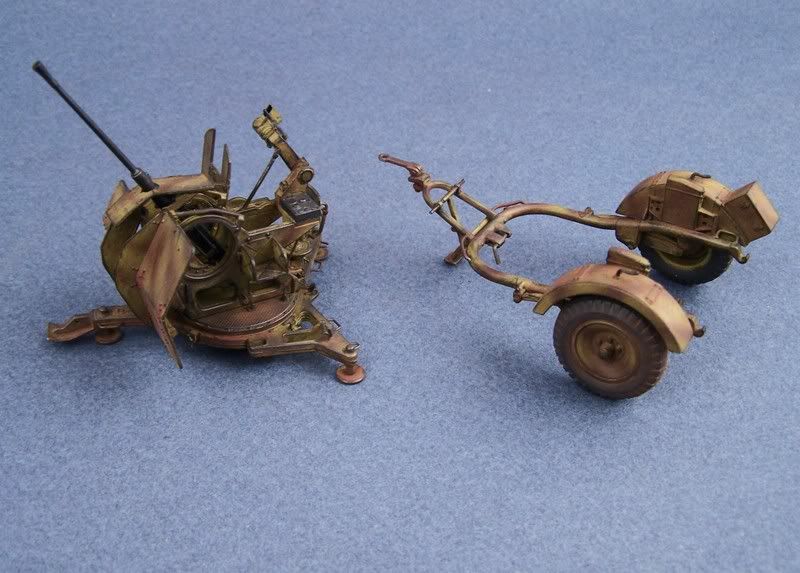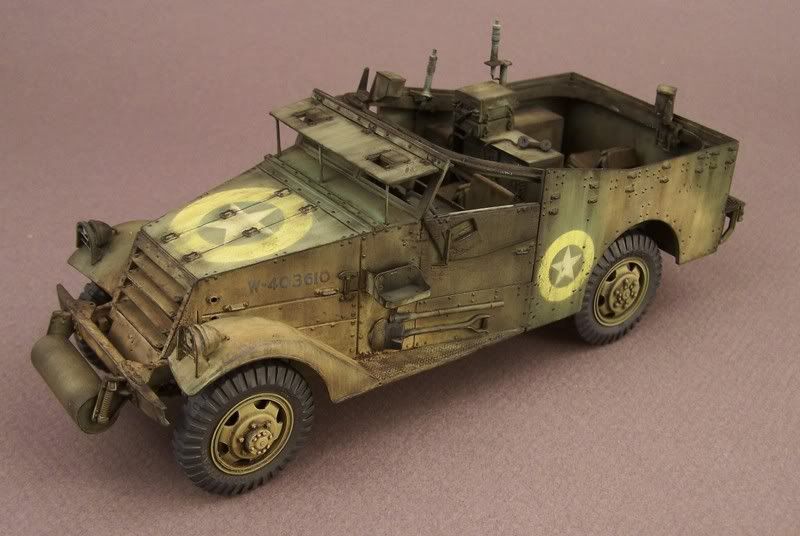Kreighshoer
Active member
for some time now i repeatedly have a look at the mastercon6 booklet and every time an eastern front winter diorama by greg cihlar catches my eyes!
this superb diorama features a heavily weathered tiger 1 and the caption mentions that greg used "reversed weathering" with this model!
what exactly is "reversed weathering"?
do i see it correct that at first you paint the dirty areas of the vehicle and work your way to the "clean" parts?
those who have this booklet should check out page 30 to see this top notch dio and top notch tiger! (top gold medal winner in it's category!)
this superb diorama features a heavily weathered tiger 1 and the caption mentions that greg used "reversed weathering" with this model!
what exactly is "reversed weathering"?
do i see it correct that at first you paint the dirty areas of the vehicle and work your way to the "clean" parts?
those who have this booklet should check out page 30 to see this top notch dio and top notch tiger! (top gold medal winner in it's category!)






